Gregory L. Britten and Elizabeth C. Silbert (2020), Enhanced fish production during a period of extreme global warmth, Nature Communications, doi: 10.1038/s41467-020-19462-w Continue reading Enhanced fish production during a period of extreme global warmth
Category Archives: Diversity and Biogeography
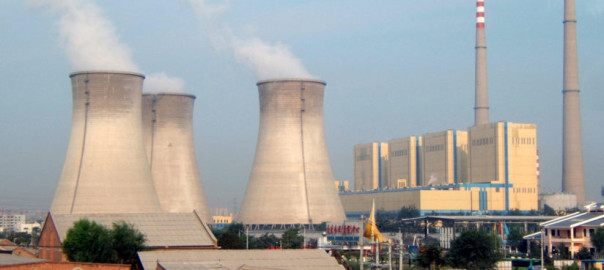
Metals from Chinese coal plants are ending up in the Pacific Ocean, with uncertain consequences
Though marine life may benefit from the influx of iron, Simons Collaboration on Ocean Processes and Ecology (SCOPE) research involving Mick Follows and former Darwin Group member B.B. Cael reinforces that the pollution from burning coal will have an adverse effect on human health finds emissions. Continue reading Metals from Chinese coal plants are ending up in the Pacific Ocean, with uncertain consequences
Emily Zakem, Jonathan Maitland Lauderdale, Reiner Schlitzer, Michael J. Follows (2020), A flux-based threshold for anaerobic activity in the ocean, ESSOar (for Geophysical Research Letters), doi: 10.1002/essoar.10504387.1 Continue reading A flux-based threshold for anaerobic activity in the ocean
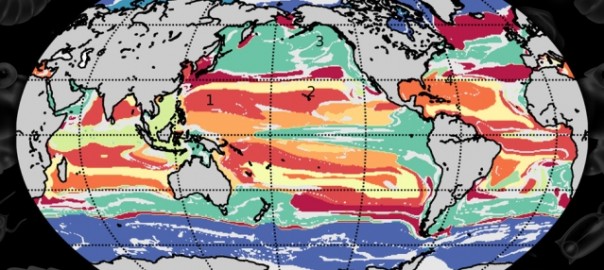
Machine learning helps map global ocean communities
Technique developed by MIT-CBIOMES investigators could aid in tracking the ocean’s health and productivity. Continue reading Machine learning helps map global ocean communities
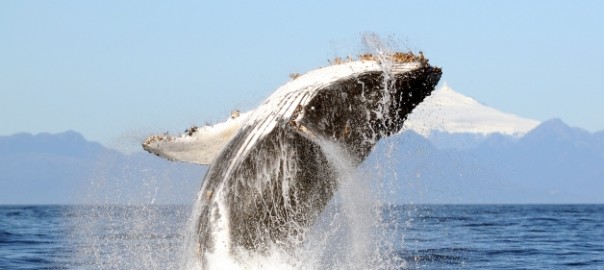
3 Questions: Greg Britten on how marine life can recover by 2050
Committing to aggressive conservation efforts could rebuild ocean habitats and species populations in a few decades. Continue reading 3 Questions: Greg Britten on how marine life can recover by 2050
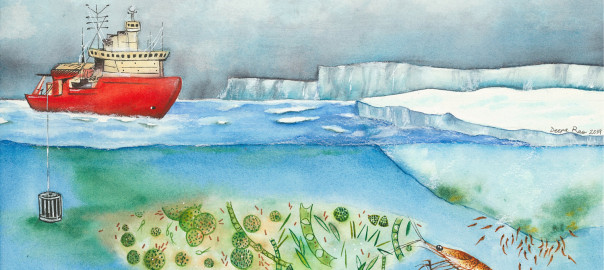
Antarctic Marine Microbes Need Their Multivitamins
In the austral summer season of December 2017 – February 2018, Deepa Rao participated in the NSF funded CICLOPS cruise to explore cobalamin and iron co-limitation of phytoplankton species in Terra Nova Bay, Antarctica. Continue reading Antarctic Marine Microbes Need Their Multivitamins
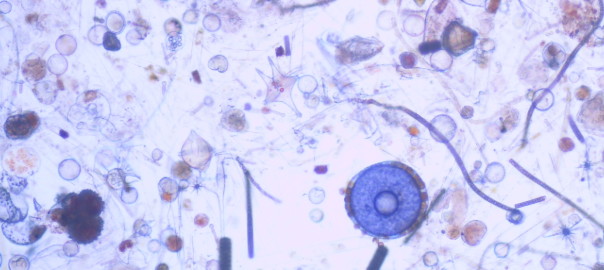
Exploring Phytoplankton Diversity
reporting by Helen Hill
In a new paper, MIT-CBIOMES investigator Stephanie Dutkiewicz and collaborators use the Darwin ecosystem model to develop theories seeking to explain and predict phytoplankton biogeography.
Continue reading Exploring Phytoplankton Diversity
A.M. Kuhn, S. Dutkiewicz, O. Jahn, S. Clayton, T.A. Rynearson, M.R. Mazloff, A.D. Barton (2019), Temporal and spatial scales of correlation in marine phytoplankton communities, JGR Oceans, doi: 10.1029/2019JC015331
Continue reading Temporal and spatial scales of correlation in marine phytoplankton communities
Casey, J., K. Bjorkman, S. Ferron, D. Karl (2019), Size dependence of physiology and metabolism within marine picoplankton populations, Limnology and Oceanography, doi: 10.1002/lno.11153
Continue reading Size Dependence of Physiology and Metabolism within Marine Picoplankton Populations
Svetlana N. Losa, Stephanie Dutkiewicz, Martin Losch, Julia Oelker, Mariana A. Soppa, Scarlett Trimborn, Hongyan Xi, and Astrid Bracher (2019), On modeling the Southern Ocean Phytoplankton Functional Types, Biogeosciences Discussions, doi: 10.5194/bg-2019-289
Continue reading On modeling the Southern Ocean Phytoplankton Functional Types